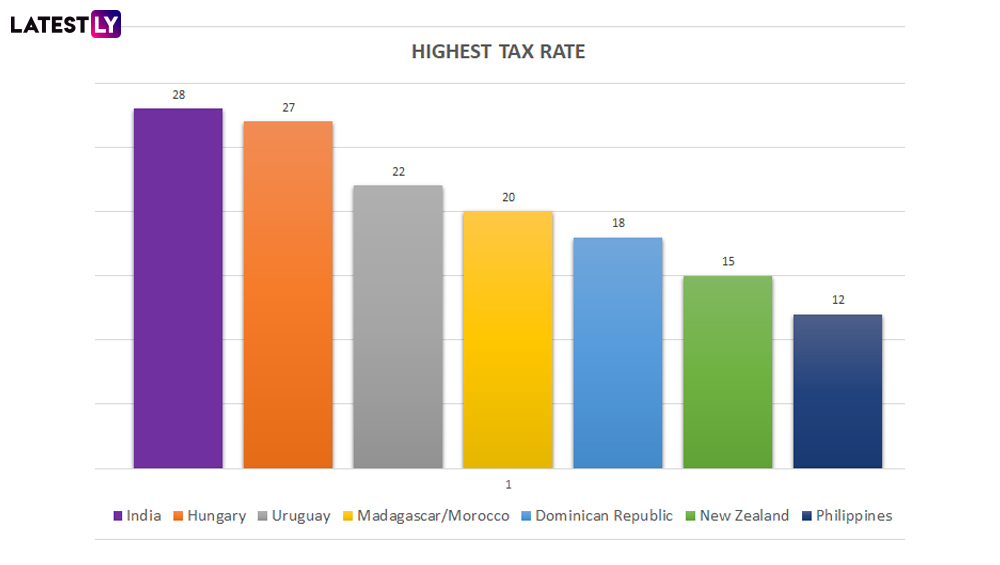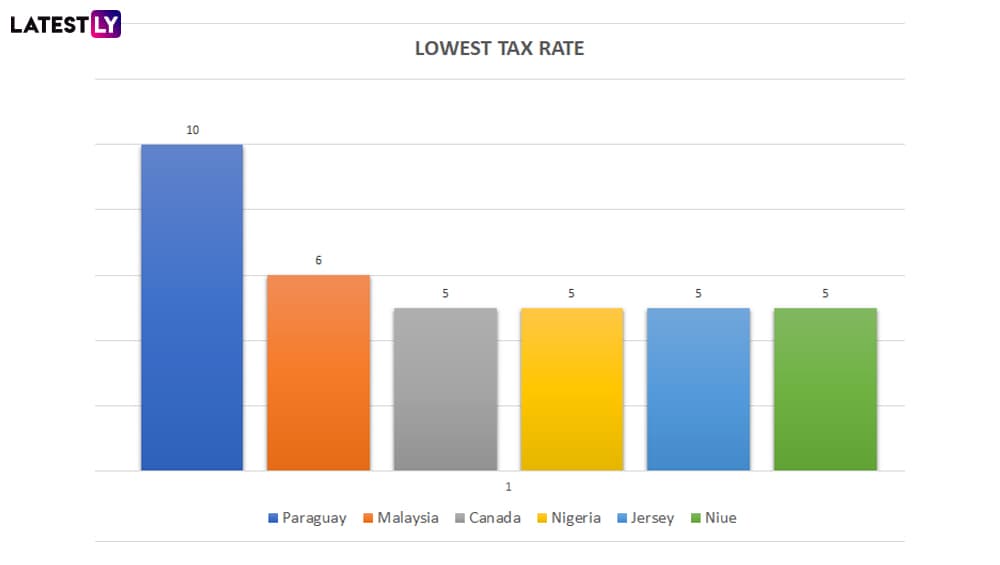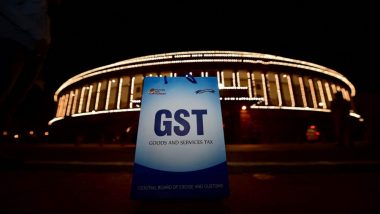New Delhi, Mar 16: India's Goods and Services Tax (GST) regime is among the most complex in the world, said a latest report released by the World Bank. It's compilation of data also finds the top slab GST rate to be the highest among all other economies in the world.
"India’s GST system is relatively more complex, with its high tax rates and a larger number of tax rates, than in comparable systems in other countries," said the World Bank, in its bi-annual India Development Update released on Wednesday.
Top Slab Tax Rate Highest in the World

Among countries which have four or more tax slabs - which includes Italy, Luxembourg, Pakistan and Ghana - India charges the maximum GST rates.
The top slab, at 28 per cent, is not only highest among the multi-slab tax regimes, but also among all major economies in the world.
India is closely followed by Hungary, which taxes luxury items and high-end goods at 27 per cent. Uruguay in Latin America has fixed 22 per cent as its top slab tax rate, while Madagascar and Morocco charge 20 per cent each.
Economies With Lowest Tax Rates

The economies which impose the lowest tax rates are: Paraguay (10%), Malaysia (6%), Taiwan (5%), Nigeria (5%) and Niue (5%).
Benefits of GST in Long-run
The WB report, despite raising apprehensions "over teething problems" faced by the administration due to GST's complex policy design, said the benefits of the new taxation regime would outweigh the adverse impact in the long-run.
"Key to success is a policy design that minimizes compliance burden, for example by minimizing the number of different rates and limiting exemptions, with simple laws and procedures, an appropriately structured and resourced administration, compliance strategies based on a balanced mix of education and assistance programs and risk-based audit programs," it said.
(The above story first appeared on LatestLY on Mar 16, 2018 04:36 PM IST. For more news and updates on politics, world, sports, entertainment and lifestyle, log on to our website latestly.com).













 Quickly
Quickly





















